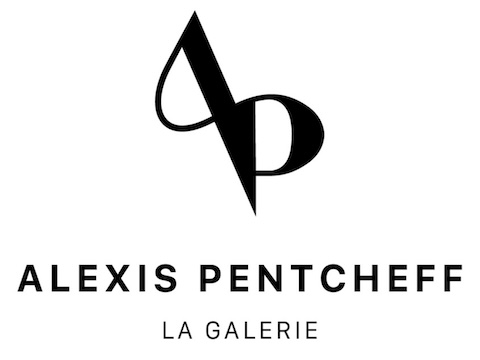
Picasso, céraméditerranée
Picasso and the Madoura studio
From 3 May to 1 June, the Galerie Alexis Pentcheff is devoting an exhibition to the ceramic creations of Pablo Picasso, the fruit of his long collaboration with Suzanne and Georges Ramié's Madoura workshop in Vallauris.
When he visited the annual Vallauris potters' exhibition in July 1946, one stand in particular caught Picasso's eye: that of the Madoura studio.
"Ma Dou Ra", an elegantly chosen name for the "Maison Doully-Ramié", in reference to the surnames of the founders, ceramists Suzanne and Georges Ramié (Doully being Suzanne's young daughter's name).
As soon as he met the couple, Picasso wanted to join their studio and two subjects he had in mind were made in clay. The following summer, back in Vallauris, he asked about these pieces that had been fired. Fascinated by the results, he asked to work in the studio again.
He was soon given a space so that he could come there on a regular basis and an intense period of production began, alongside Suzanne Ramié and her collaborators.
Every day, Picasso came to work in the Madoura studio, in a frenzy that shook up the routine of the small team, and soon that of the entire village of potters, which he would make known on the international scene.
Before preferring the heights of Cannes, he moved to Vallauris in the spring of 1948 with Françoise Gilot and their new-born son Claude, and little by little the town took on the artist's colours. From bullfights to celebrations, Picasso made Vallauris his adopted Iberian city, having vowed never to return to his native land as long as Franco's regime persisted.
Editions Picasso Madoura
"I've made plates (...) you can eat off them", he said excitedly to Malraux.
Picasso's ceramics production was distinguished by its multiple nature.
Not only did he produce a large number of pieces in the Madoura studio, estimated at 2,000 or 3,000, but he also decided to have some of them published.
To be precise, 633 models were published by the Madoura studio, to which Picasso transferred the appropriate rights from 1950 onwards.
The principle followed was that of engraving, but it had to be adapted to ceramics, in other words to three-dimensional work.
Two different techniques were used for this purpose: the first was the exact reproduction, by the craftsmen in the workshop, of the shape, proportions and decoration of the original piece; the second consisted of printing proofs from a plaster matrix obtained by casting on the original work. Although not all prints are numbered, they are carefully controlled, and the studio stamps are affixed to the backs of the pieces. A catalogue raisonné of the pieces edited was also published, serving as a reference for the knowledge of these pieces.
Suzanne Ramié died just one year after Picasso, but her son Jean took over the studio and continued publishing until Madoura closed in 2008.
Initially, Picasso's ceramics were offered for sale at fairly low prices, in line with their intended purpose, which was to democratise modern art. But little by little, these pieces have appreciated in value and are now sought-after items on the art market.
